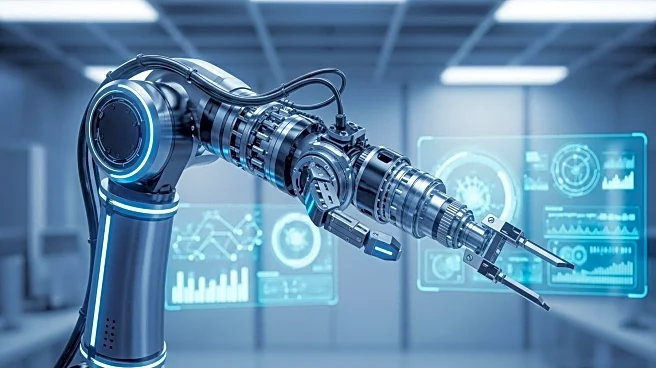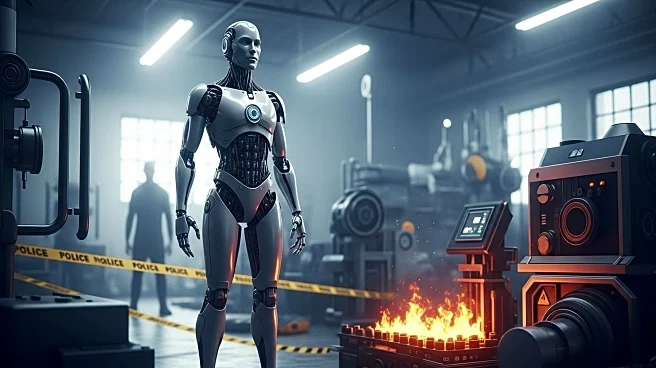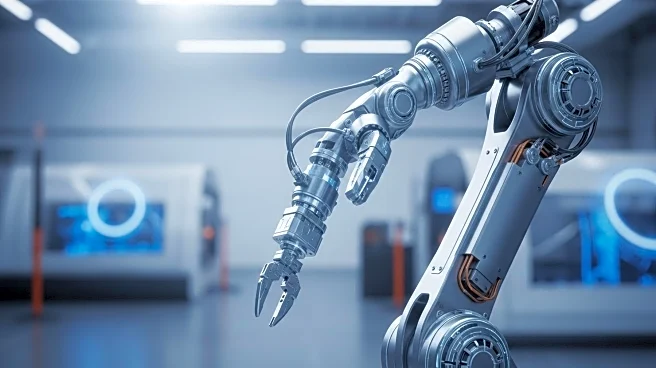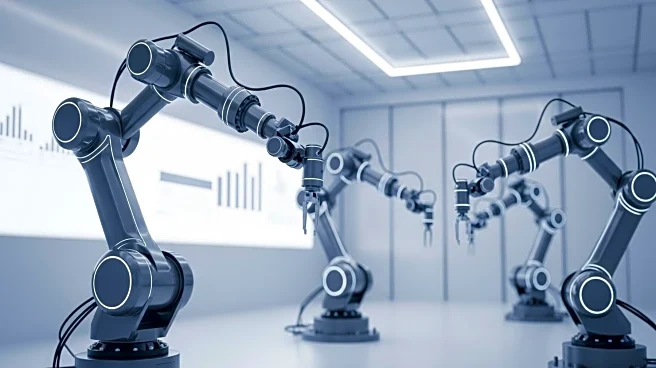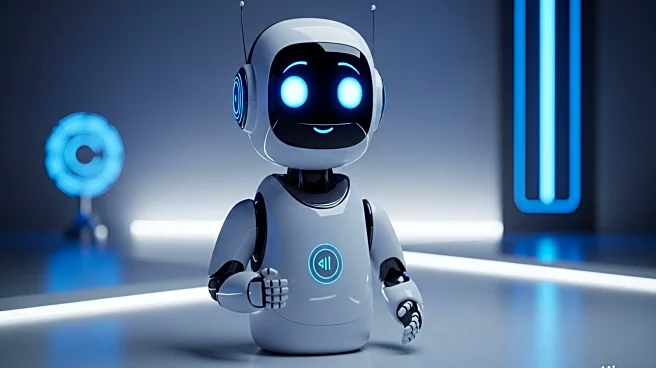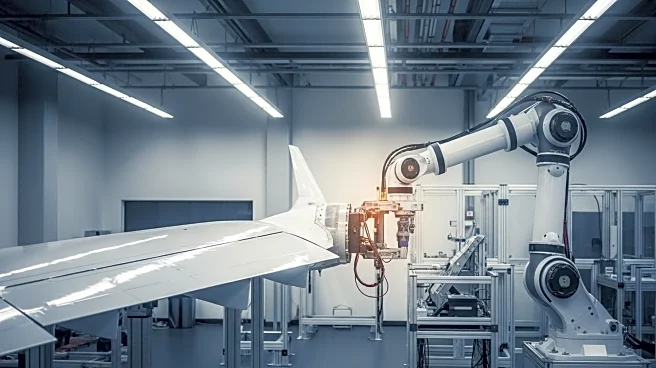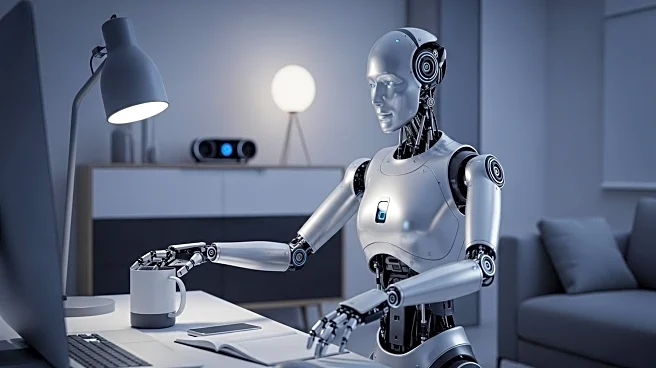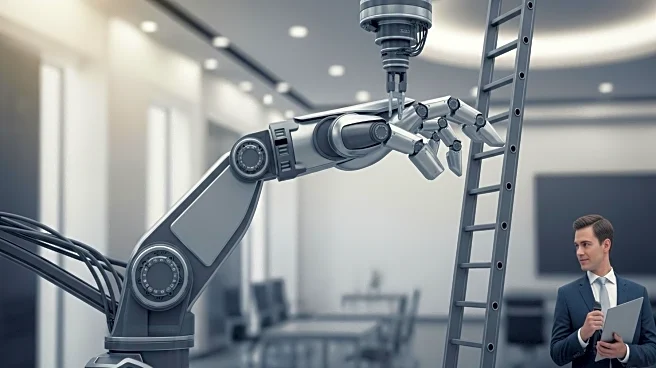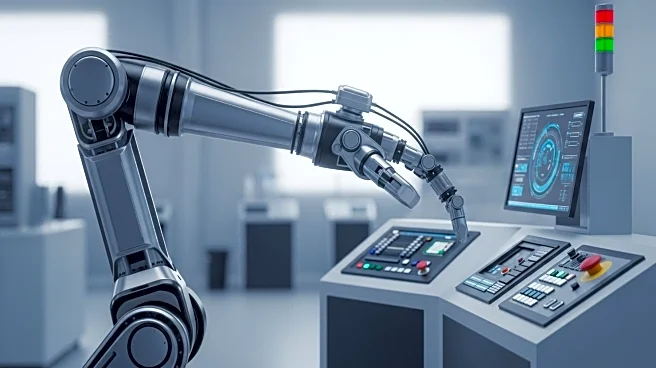What's Happening?
Boston Dynamics is advancing its humanoid robot, Atlas, by utilizing large behavior models (LBMs) to improve adaptability and flexibility in performing tasks. The company has partnered with Toyota Research Institute to generalize Atlas's capabilities, moving beyond traditional robotics programming to a neural network trained on demonstration data. This approach allows Atlas to perform logistics tasks like moving car parts and totes, aiming to make humanoid robots economically and safely useful over the long term. The neural network enables Atlas to learn from teleoperation demonstrations, enhancing its ability to generalize across various tasks.
Why It's Important?
The development of Atlas using LBMs represents a significant step in robotics, potentially transforming industries reliant on manual labor. By improving the adaptability and flexibility of humanoid robots, Boston Dynamics is addressing one of the hardest problems in robotics—creating robots that can perform a variety of tasks safely and economically. This advancement could lead to increased automation in sectors such as manufacturing and logistics, reducing human labor costs and improving efficiency. The partnership with Toyota Research Institute highlights the collaborative efforts to push the boundaries of AI and robotics.
What's Next?
Boston Dynamics plans to continue enhancing Atlas's manipulation behaviors, focusing on mobile bimanual manipulation and dynamic movement. The company is exploring reinforcement learning to improve policy robustness and is considering scaling up data sources, including human demonstrations and simulation data, to further enhance Atlas's capabilities. The goal is to achieve a seamless integration of AI models that can perform complex tasks smoothly and efficiently, potentially leading to broader applications in various industries.
Beyond the Headlines
The use of LBMs in robotics raises ethical and cultural questions about the future of work and the role of humans in automated environments. As robots become more capable, there may be shifts in workforce dynamics, requiring new skills and training for human workers. Additionally, the integration of AI in robotics challenges existing legal frameworks regarding liability and safety standards, necessitating updates to regulations to ensure safe deployment.
